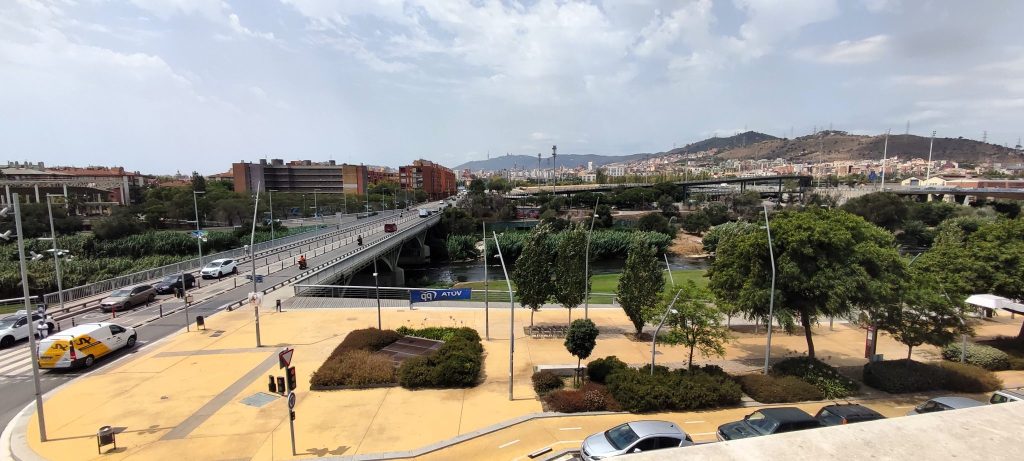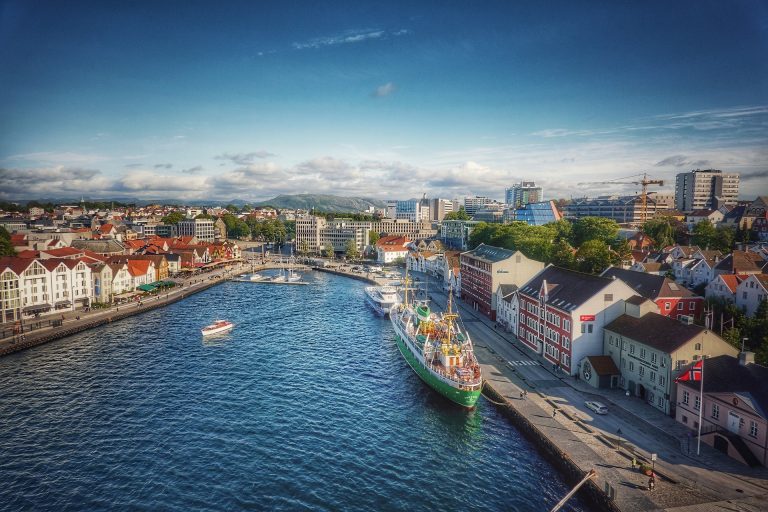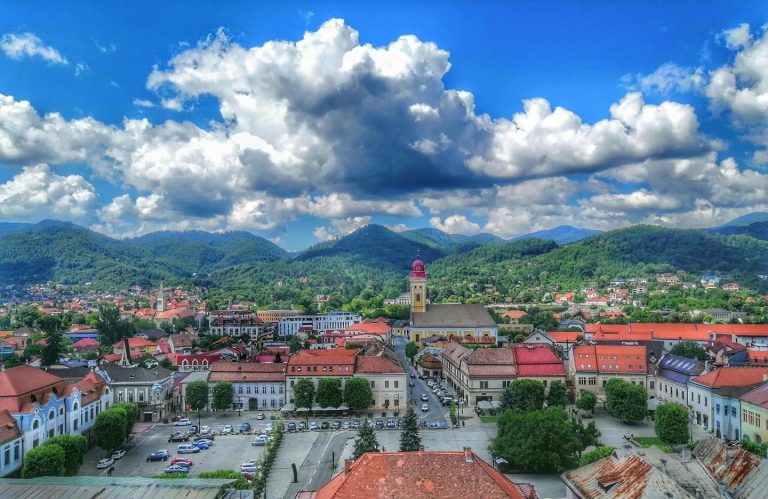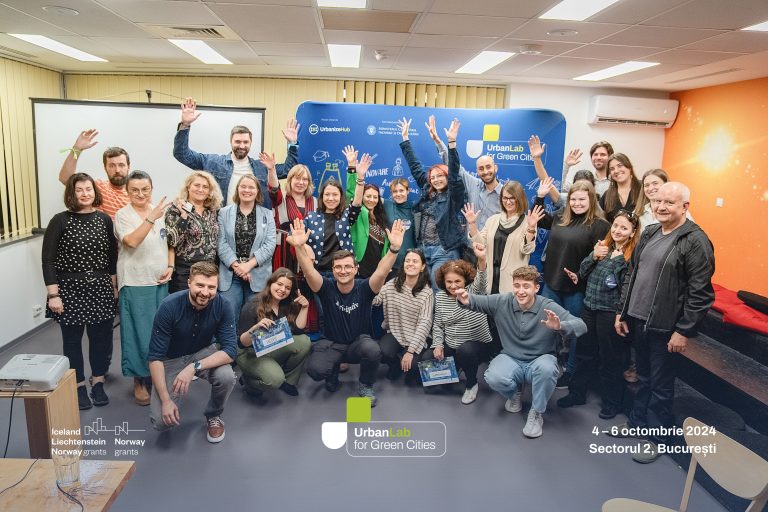Green spaces make communities more resilient to climate change, which is why they must be integrated into urban life. The Besòs River in the Barcelona Metropolitan Area is an example of how people can reconnect with nature while providing protection for endangered flora and fauna.
The Metropolitan Green Infrastructure Project for the recovery and renaturation of the Besòs River was carried out by the Area Metropolitana de Barcelona and the Municipal Council of Santa Coloma de Gramenet. The aim of this project was to create a refuge for local biodiversity on the area parallel to the river.
The initial working budget is 1 million euros, of which 70% are the AMB funds and 30% the funds of the municipality of Santa Coloma, which is supported with European ERDF funds. The first phase is the space between the old bridge and Cam Zam, the place where an ecological corridor will work that will encourage the development of endangered species.
The starting situation was an area used only as transit. There was nothing that people felt connected to or enjoyed walking around. It took considerable effort and a clear vision of what the area should look like.
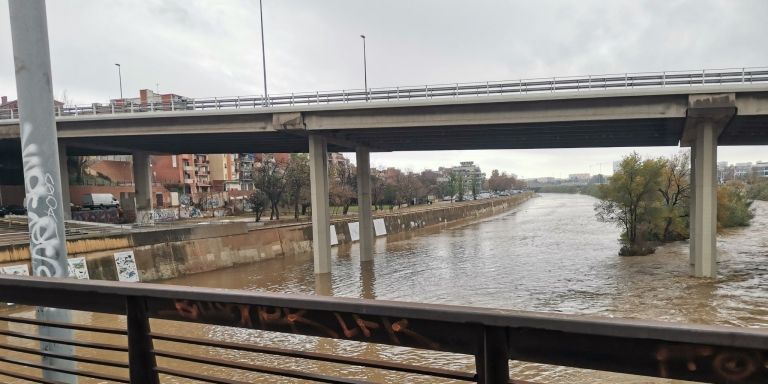
Photo source: Metropoli
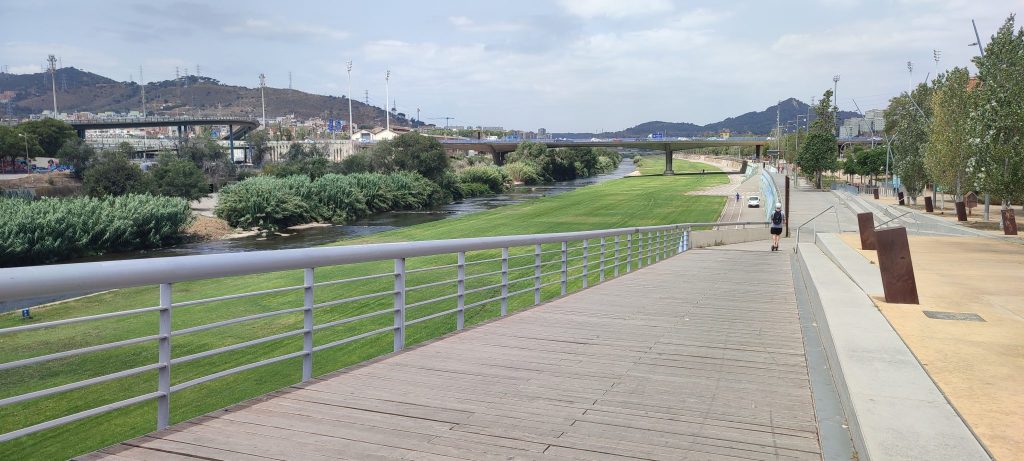
Present day
We spoke with Eva Pages Aregall, architect at AMB, about the urban regeneration project. In order to attract people, pedestrian and bicycle infrastructure which combines with street art has been designed. The promenade runs along the river and has been adapted to the street which is at a higher level. To cross the river, some passages resembling bridges were created over the river. The landscape has improved significantly from how it was before this project started.
The first phase of the project considered the generation of lagoons on the right bank of the river, but also the design of a place to visit where people can learn about the environment. This “natural classroom” is designed for families, schools and university students to observe the habitats and animal species of the river area. At the same time, the animals are protected by the natural design of the space so that they can develop in peace. Through this intervention, fish, amphibian and reptile populations are expected to fully develop until they become a food source for the birds and mammals already present in the area. In this regard, a secondary objective is to strengthen the population of otters in a certain section of the river.
The year 2027 is the deadline for the completion of the project. The second phase will be carried out on the left bank to connect Besòs with the Can Zam park, later focusing on the transformation of the section entering Montcada and Reixac.
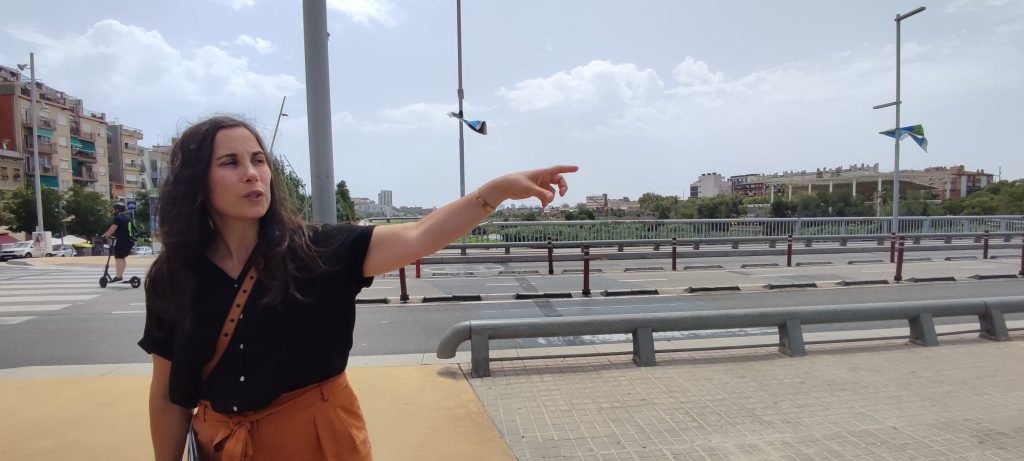
Eva Pages Aregall presenting the urban regeneration project
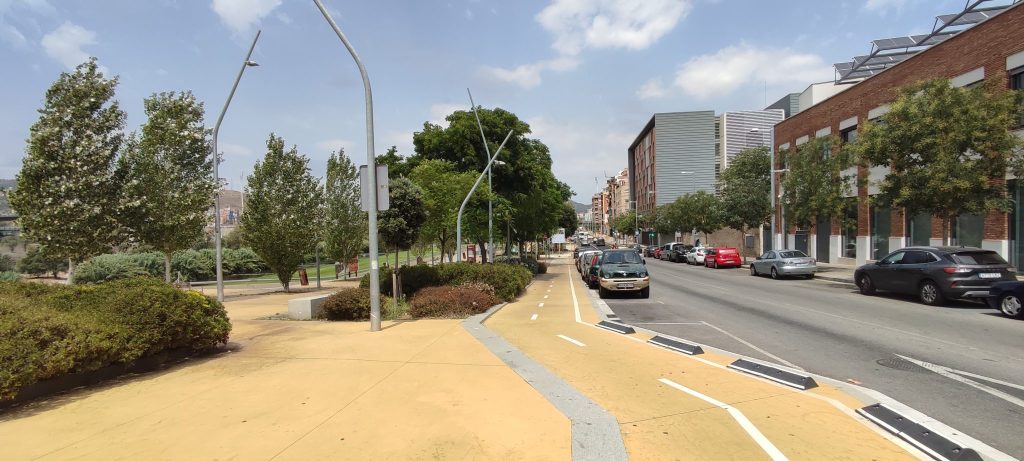
The street from the upper level, specially designed to encourage active mobility
Area Metropolitana de Barcelona is an example to follow for cities and institutions that understand that green space and rivers or lakes are of immense value to people. The more they are arranged, there are areas where activities can be carried out, birds, fish or other animals can be observed in their natural habitat, the more people will be tempted to spend their free time in the park or along a river.
This article is part of the EU Commission project Functional Areas in the EU

